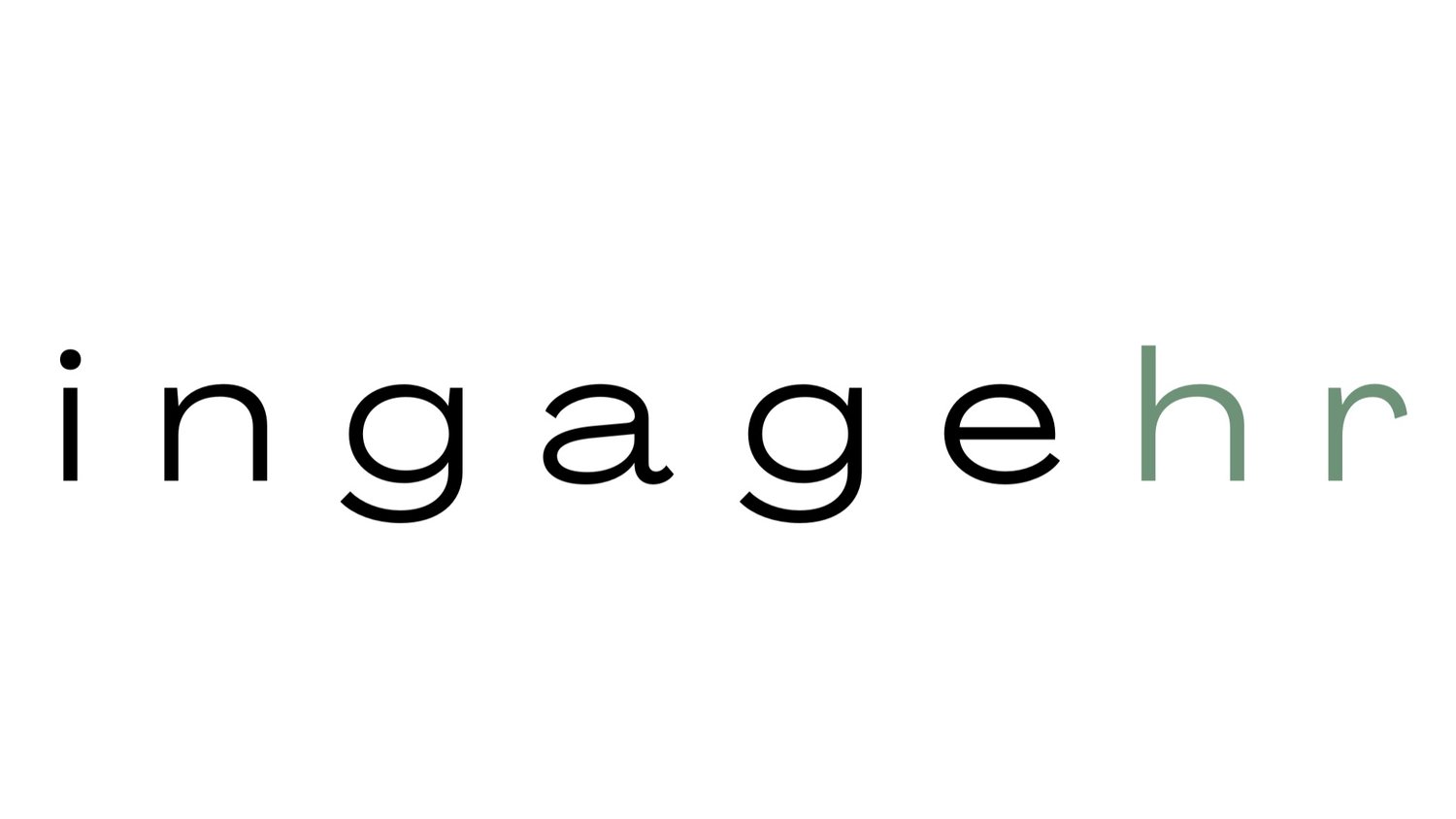Hiring Season is Here: 4 Ways to Strengthen Your Recruitment Process
Hello ingagehr community!
Recruitment is on fire.
Fall usually brings a bump in hiring as organizations plan for Q2 momentum, backfill after summer, and reset priorities. This year, though, “recruitment season” is truly heated. Even in a recessionary climate, the volume of search requests has surprised this HR veteran.
What we’re seeing: it’s not an employer or employee market right now, it’s balanced. There are lots of postings and lots of applicants. That sounds great, but it raises the bar for hiring managers: process becomes critical. High traction doesn’t always equal high quality or fit. Volume lets you be selective, but it doesn’t guarantee you’ve reached your preferred audience or met your must-have qualifications. Here are our four recruitment hacks to sharpen your process and land the right hire.
1) Define the role before you post.
Clarity first, no wishful thinking.
Identify the non-negotiable technical requirements (experience, credentials, certifications).
Separate “nice-to-haves” and keep them minimal.
Refresh the job description for today’s needs, not yesterday’s version.
Post the top requirements, not a laundry list of tasks. Try to keep it max 5-7 key priorities.
Include core competencies (how the work gets done) alongside duties. (pro tip!)
2) Post with intention (and monitor early).
This isn’t “set it and forget it” - exercise.
Choose channels where your target actually is.
Post & review: check applicant caliber in the first 3 days; if it’s off, adjust the posting, keywords, or boards.
Work your network: talent hangs with talent. Share the role with trusted peers and partners - warm referrals improve signal and often reduce cost/time.
Bucket fast: sort applicants into proceed / maybe / pass. Share shortlists with a colleague to reduce bias and widen perspective.
Pro tip: early applicants doesn’t equate to best applicants
3) Build a multi-pass interview process (efficient, not endless).
AI has leveled up resumes and cover letters. Vet beyond the polish.
Screen call (15-30 min): confirm basics; background, education, interest, compensation, range, availability.
Panel interview: two interviewers; one leads, one observes/notes. Add a role-relevant technical exercise where appropriate.
Practical scenario: give a short job-realistic prompt to complete independently. Seed an “easter egg” to test prioritization, judgment under ambiguity, or how they handle urgency.
Probe how the work gets done, not just outcomes.
Validate competencies, collaboration style, and reliability.
Ask for a “re-hire?” and conditions under which they’d say yes.
4) FIT IS ESSENTIAL.
Being qualified doesn’t guarantee the person will bring quality, enthusiasm, collaboration; or frankly, cooperation. Yes. Culture does matter.
Quick ways to test for fit:
Ask about the “how.” When they share a win, follow with: How did you collaborate? Where did you compromise? What did you do when priorities shifted?
Work style & resilience. Explore preferred work rhythms, feedback tolerance, and how they handle disruption, ambiguity, and reprioritization.
Why are you looking for a new job? Don’t stop at “new opportunity to grow.” Most people start looking because something isn’t 100% where they are. Uncover what’s missing, and ensure your role truly aligns.
Recruitment = Part science. Part process. Part commitment.
You’re inviting a human to join your team. Whether casual, part-time or full-time, their impact is real. Take the time to be certain. Don’t settle for a “a bum in a seat.” Take your time, vet, be certain your commitment to them equals their commitment to the role, the team, and your company.
ingagehr offers end-to-end recruitment support and we love to upskill internal teams. If you want hands-on help, we’re here. If you’d rather build in-house muscle, ask about our Recruitment Boot Camp; a practical course that equips managers to recruit with confidence and consistency.
